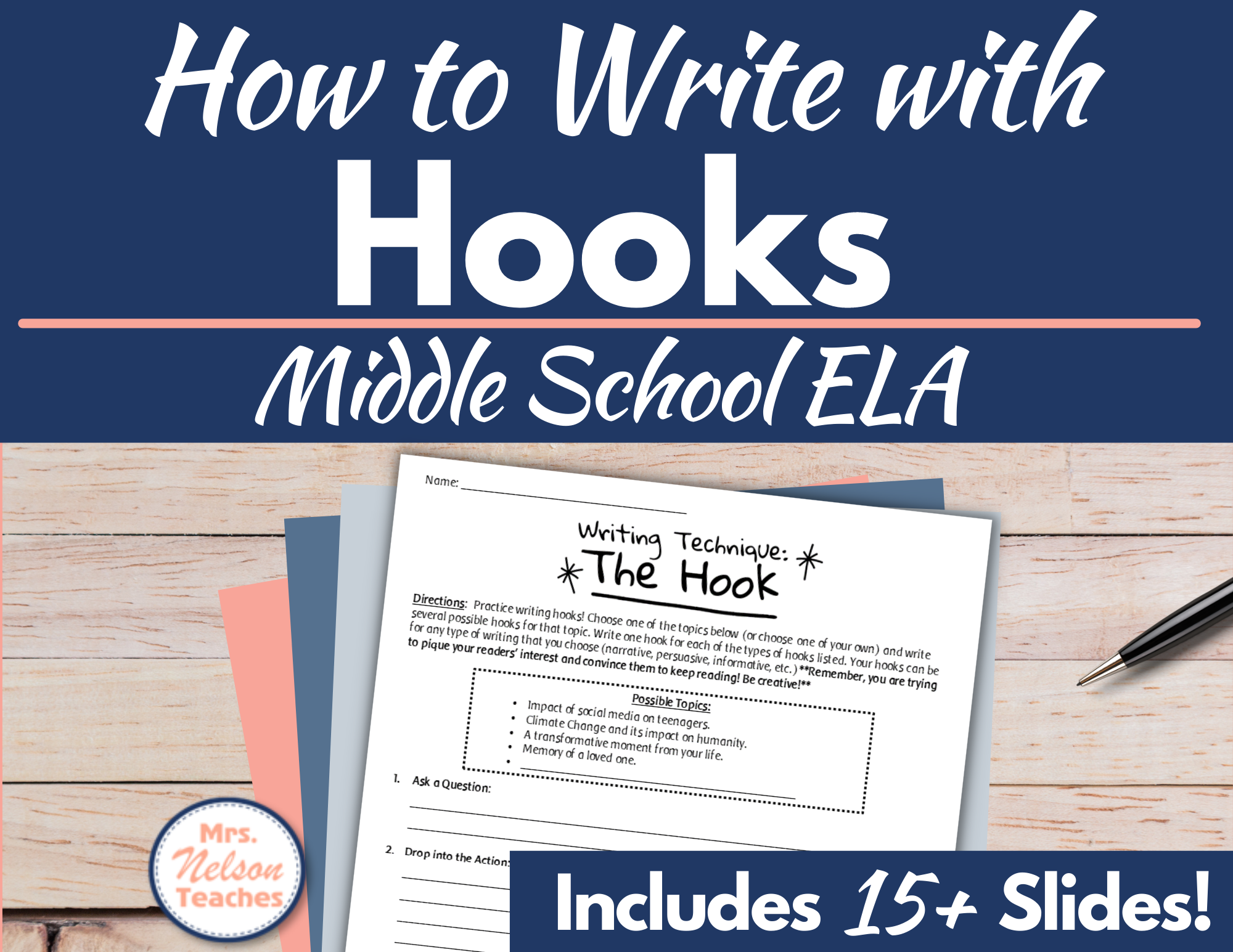Harness your students’ excitement for the holidays with these Thanksgiving Activities for Middle School ELA!
Whether you are looking to keep students engaged for the few days prior to Thanksgiving Break or you want to bring the spirit of Thanksgiving into the entire month of November, you’ll find something that will meet your students’ needs! Check out my favorite Thanksgiving ELA activities below!
1. The History of Thanksgiving – Informational Article

Learning about history is so important! I love this article that outlines the history of the the American holiday in a fact-based way. Based on primary sources, this article will teach your students about Thanksgiving in a balanced way! Multiple student activities are included!
2. Writing Procedural Texts – Thanksgiving Style
Learning to read and write instructions or procedural texts is an important skill! Whether in order to follow an instruction manual or give directions, this is an important life skill for human beings to master! This activity is a FUN way to teach students how to read and write procedural texts!
Starting with a non-example, students will try to fold an origami turkey with incomplete instructions! This Thanksgiving activity demonstrates to students how important clear instructions! Better instructions are provided as well to allow students to complete the Thanksgiving fun if desired.
Fun and engaging slides teaching how to write a well-written procedural texts as well as a bonus FUN Thanksgiving treat instructions included!
3. How to Write a Thank You Letter
In the world of text message and emails, receiving a Thank You note is a rare occurrence, but it doesn’t have to be! Revive the lost art by teaching your students how and why they might enjoy writing thank you notes! Ask them to write a thank you letter to a different teacher and makes your colleagues’ day!
4. Gratitude Personal Essay
Reflective writing is always a beneficial exercise for students! This Thanksgiving ELA writing assignment will give your middle school students the opportunity to consider the good things in their lives–and regardless of their situations, there IS something worthy feeling grateful for!
Why should students take the time to be grateful? Check our the FREE RESOURCE linked below!
5. The Power of Gratitude Informational Text – FREEBIE!
Do you know the mental and physical benefits of regularly practicing gratitude? Check out this free Thanksgiving Resource and share the information with you students! Gratitude is life-changing!
Grab the Entire Bundle and Save 20%!
That’s it, friends! I hope you have a great November! Use these resources to make it fun and engaging for your ELA students!
P.S. Stay tuned for more Engaging Holiday Activities!

































































